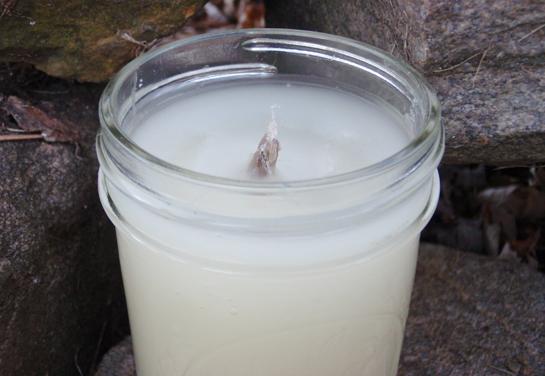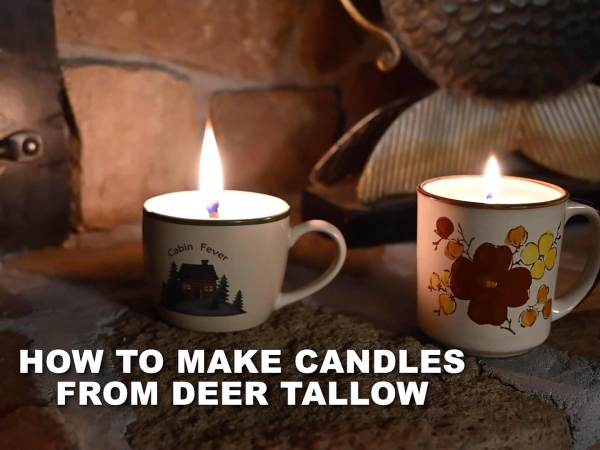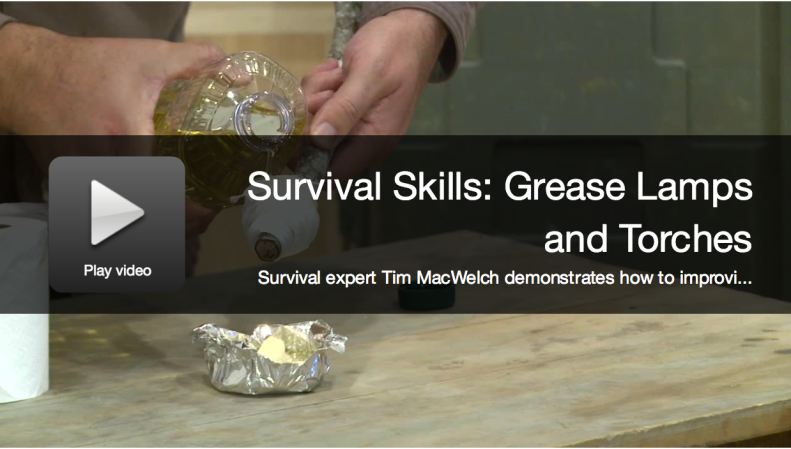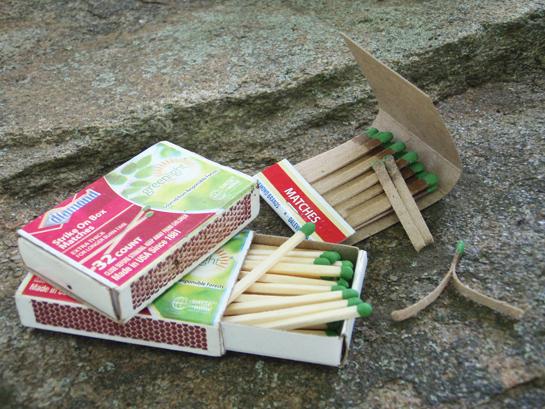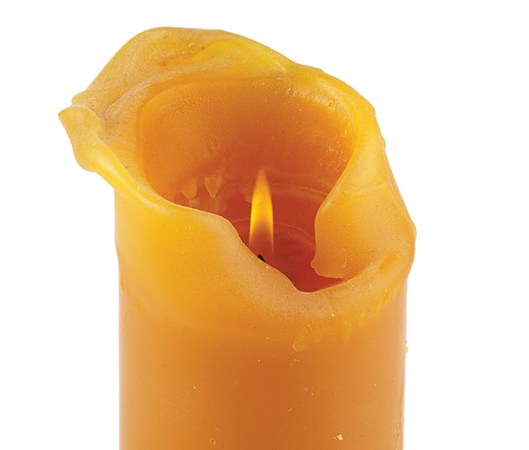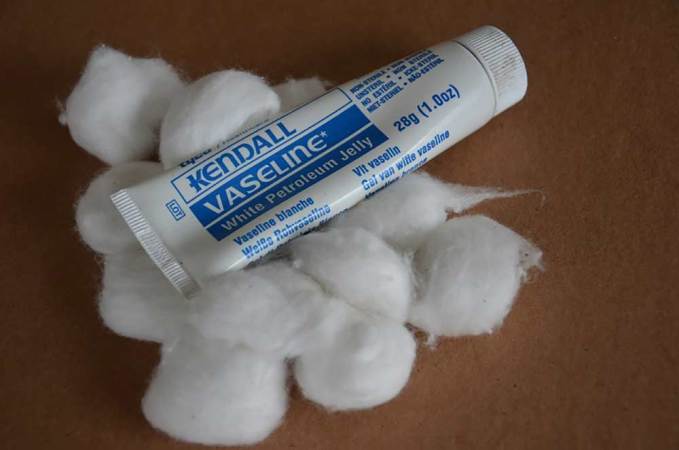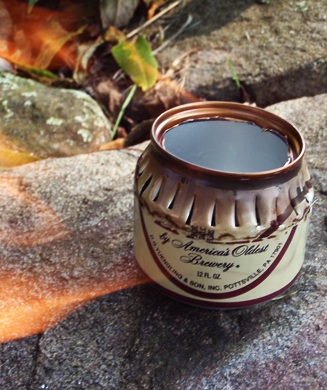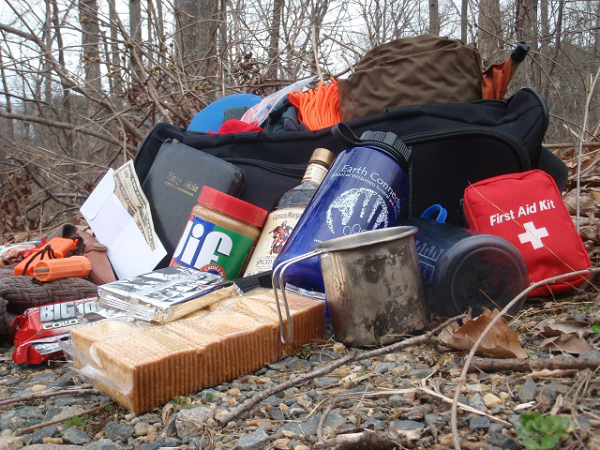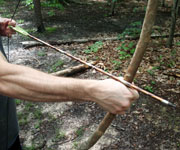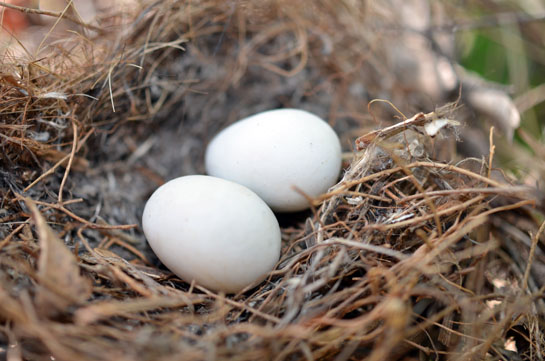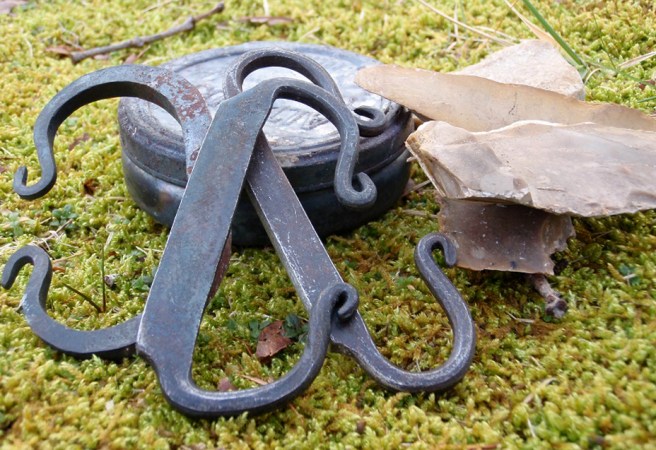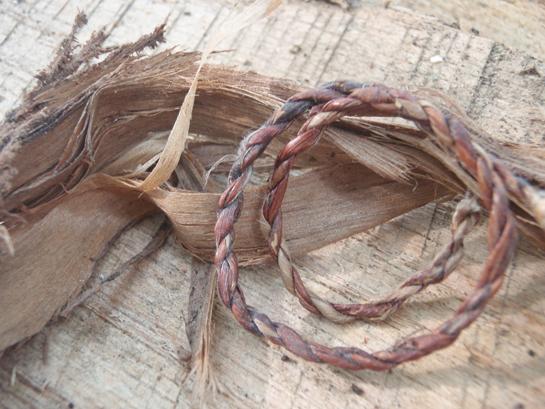A good survivalist can recognize the difference between saving everything that can be repurposed and flat-out hoarding. My pack rat tendencies tend to come and go, but the one thing I can never get rid of is old candles.
If you caught my post on candle nubs as a classic piece of survival gear (link to post), then you saw that candle remnants can be quite useful. It can also be pretty handy to completely rebuild your old candles and give them a second life.
Candle making is easy, too. All you need to make candles is wax, a heat source for melting the wax, plant-fiber wick material, and a container. In its simplest form, a candle can be made by melting down a block of paraffin in an old soup can, pouring the warm wax into an empty jar, and sinking a jute rope wick down into the melted wax.
I recommend reusing the same melting pot, and melting your wax over a medium heat. Skip the microwave, though–they don’t melt wax effectively.
Your wax choices include bee’s wax, old candles, paraffin, and you could even use animal fat like lard or tallow. Finally, a respectable use for all that bacon grease.
Your wick could be cotton string, jute cordage, homemade plant fiber string, sisal rope and even slender strips of cotton cloth. Just make sure that the wick material is from the plant kingdom, consists of little or no synthetic material, and is porous enough to provide a wicking action for the melted wax.
You can make candles of any size or shape. A ball of wax can turn into a candle by inserting a wick. You can even rehab an old candle with no wick by heating up a screwdriver, jabbing it into the candle, and plugging a new wick down into the old candle. You can make taper candles by repeatedly dipping your wick string into a deep container of melted wax and building up layers.
But be careful with these things. About 10,000 residential fires a year are caused by the careless or inappropriate use of candles. And if you’d like to learn more facts than you probably care to know about candles, check out the National Candle Association at candles.org
